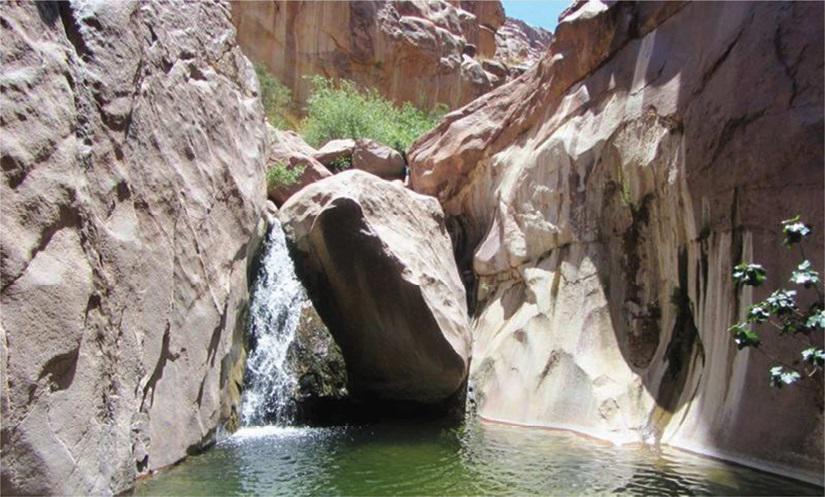Karim Abdelhai Eissa
Other projects
14 Feb 2017
Community-Based Conservation of Threatened Plants Silene schimperiana, and Polygala Sinaica in South Sinai, Egypt
16 Apr 2018
Long Term Conservation Planning and Practices for Some Threatened Plants in South Sinai, Egypt
3 Sep 2019
Recovery and Conservation of Two Critically Endangered Plant Species in Egypt through Community Based Conservation Actions
The aim of this project is to assess the current conservation status of plant species Primula boveana, and to generate long-term conservation plans. However, this species is severely threatened by both natural and human factors.

View of Sad Abo Hebic
The Sinai primrose, Primula boveana has been reported as one of the rarest and most endangered plant species worldwide (Richards, 2003). It is endemic to the St Katherine Protectorate (SKP) in southern Sinai, Egypt, and has high medical importance because of substances extracted from its roots. The conservation requirements for this plant are inadequate and scattered, so there is an urgent need to improve knowledge about its conservation status through a multidisciplinary approach that integrates demography and ecology. Ensuring adequate conservation is costly, and requires consideration of socio-economic issues as well. Increasing public participation towards the conservation of endangered species will only be achieve by local Bedouin involvement in the process. The grant will support the first step of this conservation process. Once we assess the suitable habitat for this species, we will tackle the next step towards getting new funds for real in situ conservation by rehabilitation. This grant will also support the design of a long-term survey model for all endemics and endangered species in SKP, and staff will improve their experience in dealing with similar issues. Activities of this study can be summarizing as fellow:
1. Assessment of the conservation status of P. boveana according to IUCN criteria. A detailed field survey will take place to define the geographical and ecological status of P. boveana populations. Every plant will be mapped to characterize the extent of occurrence, area of occupancy and population size. The vegetation environment around where each population grows will be studied using transects and quadrats to determine the vegetation structure, species diversity, and cover, in areas where the plant does, and does not, grow.
2. A detailed study of size and reproduction of P. boveana. Plant traits within and among populations will be measured, including morphological and reproductive aspects. We will germinate some collected seeds from each site in the laboratory to estimate their viability, determine the best storage method and start the process of estimating their long-term viability.
3. Identify and rank the various threats to the plant, and try to identify their underlying root causes and barriers to solutions.
4. Clearly identify conservation priorities, suitable habitats for growth and suggest appropriate strategies for P. boveana conservation by in situ and ex situ techniques. We will map and predict suitable habitat for P. boveana within SKP borders using appropriate GIS-based techniques.